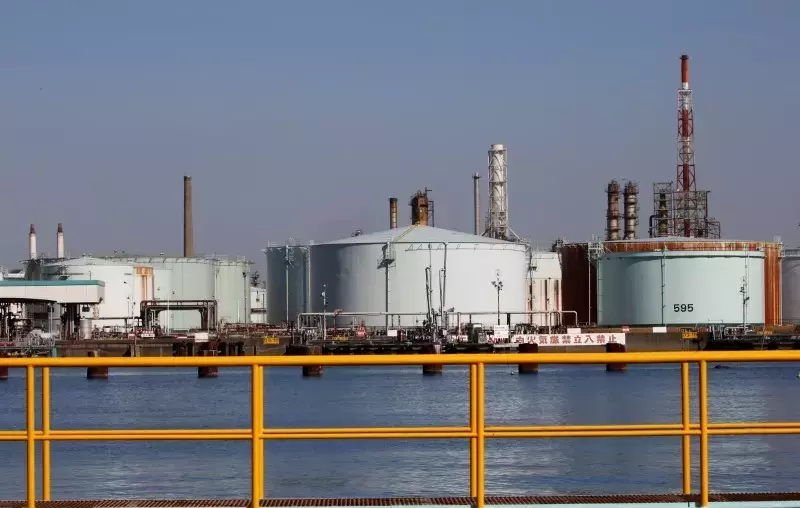The world of crude oil trading is a complex and ever-changing landscape. Recent developments in the U.S. benchmark, Crude Oil WTI Futures, have been closely watched by market participants. Let's delve into the details.
Navigating the Crude Oil WTI Futures Market with Precision
Recent Trading Activity
Crude Oil WTI Futures, the U.S. benchmark, has seen significant price movements. Recently, it traded at $68.06 a barrel following a report and settled at $68.43 a barrel. These fluctuations highlight the volatility and importance of this market. 1: The trading range of $68.06 to $68.43 per barrel indicates the ebb and flow of market sentiment. It shows how various factors such as supply and demand, geopolitical events, and economic indicators can influence the price of crude oil. Such price movements have a direct impact on industries ranging from transportation to manufacturing. 2: Analysts and traders are constantly monitoring these price changes to make informed decisions. They study historical data, market trends, and economic forecasts to predict future price movements. This helps them manage risks and capitalize on opportunities in the crude oil market.Inventory Changes
U.S. crude inventories experienced a notable decline of about 777,000 barrels for the week ended Nov. 8. This contrasts with a build of 3.1 barrels reported by the API in the previous week. Economists had expected a build of about 1M barrels. Such inventory fluctuations provide valuable insights into the supply and demand dynamics of the crude oil market. 1: A decrease in crude inventories suggests that demand may be outpacing supply, which could potentially lead to upward pressure on prices. On the other hand, a build in inventories might indicate an oversupply situation, which could weigh on prices. These inventory changes are closely monitored by market participants as they help in assessing the overall health of the market. 2: The difference between the actual inventory change and the expected build highlights the unpredictability of the market. It shows that even with economic forecasts and industry expectations, unexpected events can occur that can significantly impact inventory levels and prices.Fuel Stockpile Movements
Gasoline stockpiles rose by about 312,000 barrels, while distillate inventories — which include diesel and heating oil — increased by 1.1M barrels. These stockpile movements provide further clues about the demand and supply patterns in the different segments of the crude oil market. 1: The increase in gasoline stockpiles may indicate a higher demand for gasoline during a particular period. This could be due to factors such as increased travel during the holiday season or changes in consumer behavior. On the other hand, the significant increase in distillate inventories suggests a different demand dynamic for diesel and heating oil. 2: Understanding these stockpile movements is crucial for market participants as it helps them make decisions regarding production, storage, and distribution. It also provides insights into the seasonal and regional variations in demand for different types of fuels.The official government inventory report is due Thursday at 10:30 a.m. EST (1530 GMT). This report is expected to provide more detailed and accurate information about the current state of crude oil inventories and fuel stockpiles. Market participants will be eagerly awaiting this report as it will likely have a significant impact on market sentiment and price movements.You May Like

